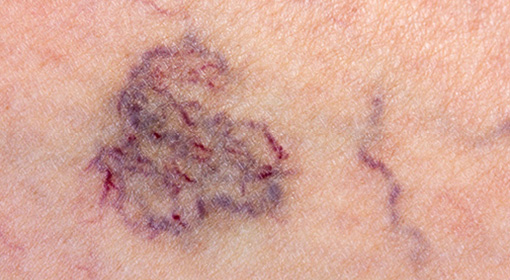
Spider veins, like varicose veins, are caused by dysfunctional vein valves. However, spider veins appear as a nest of blue or red veins just under the surface of the skin and typically do not bulge above the skin’s surface like varicose veins. These veins are closer to the surface of the skin and can spread over a range of areas.
Risk factors for the development of spider veins include a family history of varicose or spider veins, female gender, increased number of pregnancies, premenstrual leg aches or cramps, being overweight, a sedentary life style, occupations that require prolonged sitting or standing and increasing age as the most common.
Spider veins, like varicose veins, are caused by dysfunctional vein valves. However, spider veins appear as a nest of blue or red veins just under the surface of the skin and typically do not bulge above the skin’s surface like varicose veins. These veins are closer to the surface of the skin and can spread over a range of areas.
Risk factors for the development of spider veins include a family history of varicose or spider veins, female gender, increased number of pregnancies, premenstrual leg aches or cramps, being overweight, a sedentary life style, occupations that require prolonged sitting or standing and increasing age as the most common.
Treatment of very fine spider veins with a specially designed thermocoagulation needle.
An example of extensive spider veins involving the leg.
Deep vein thrombosis (DVT) is a blood clot that forms in a vein deep in the body.
View DetailsVaricose veins are enlarged veins that can be blue, red or flesh colored.
View DetailsCVI is a progressive medical condition in which venous valves that help carry blood from the legs to the heart no longer function,
View DetailsHealthy leg veins contain valves that allow blood to move in one direction from the lower limb toward the heart.
View Details